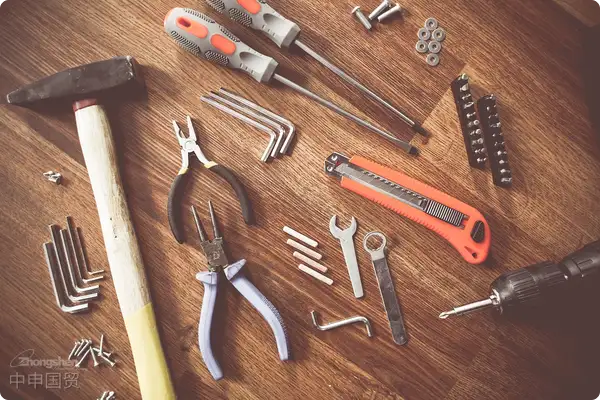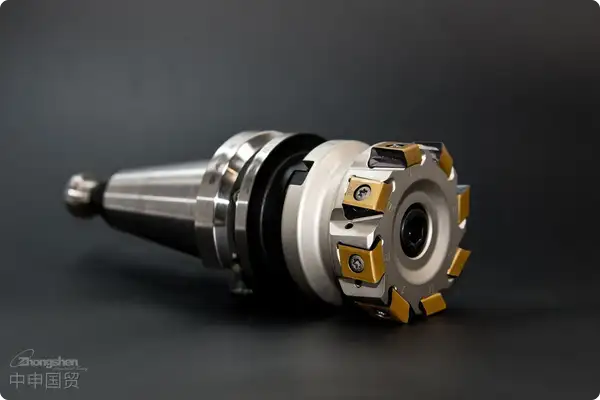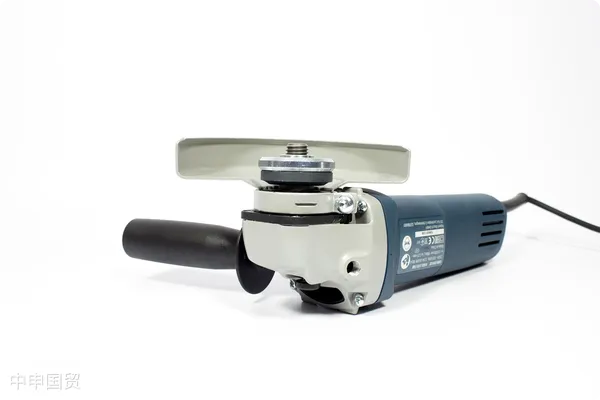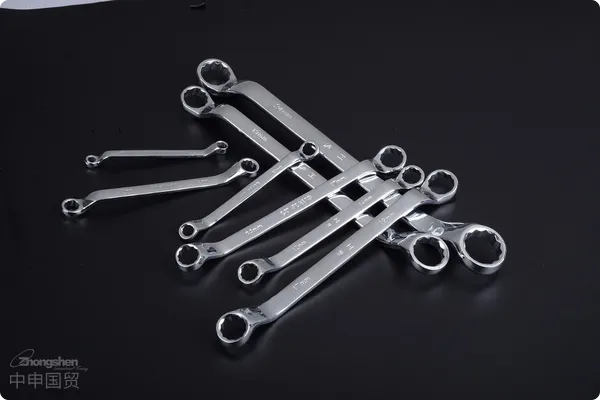- Shanghai Zhongshen International Trade Co., Ltd. - Two decades of trade agency expertise.
- Service Hotline: 139 1787 2118

?Asforeign tradeservice expert with 20 years of industry experience, this article will systematically analyze the core points of clothingExport RepresentationAs a service company, we are well aware ofExport Clearancethe complexity of the links. Especially forHardware & Toolssuch products with high regulatory sensitivityfor containers exported to the USwhen there are situations such as documentary errors and changes in trade terms, the need to revoke customs declarations occurs from time to time. This article will systematically analyze the customs declaration revocation application process of the US Customs and Border Protection (CBP) to helpimport and exportenterprises avoid compliance risks.
I. Core Conditions for US Customs Declaration Revocation Application
According to the regulations of 19 CFR 142.3, the application for customs declaration revocation must meet the followingThree Statutory Conditions:
Timeliness Requirements
- The application must be made before the goods are released (Maritime Transportation: Within 72 hours of arrival at the port;Air Transportation: Within 24 hours of arrival at the port)
- Special Circumstances: In case of delay due to force majeure, a written certificate can be provided to extend the time limit
Compliance Basis
- Document Errors: The error rate of HS code exceeds 3%, the value error is ≥ 5%, and the weight difference is ≥ 10%
- Change of Trade Terms: A supplementary agreement on contract change signed by both the buyer and the seller needs to be provided
- Proof of Force Majeure: Third - party evidence such as damaged customs seals, natural disasters, etc.
Liability Exemption Statement
- A written statement must be submitted to promise that there is no intentional misrepresentation
- The AEO certification of the enterprise can improve the application approval rate
II. Detailed Explanation of the Step - by - Step Operation Process (with a list of key documents attached)
Stage 1: Emergency Pre - review (0 - 4 hours)
- Log in to the ACE system to check the status of the customs declaration form
- Compare the consistency of the commercial invoice, packing list, and bill of lading
- Prepare an Error Analysis Report to mark the specific correction items
Stage 2: Formal Application (within 24 hours)
Prepare Core Documents:
- Revised CBP Form 5106 (original signed by the legal representative)
- Copy of the original customs declaration form (Entry Summary Copy)
- Revised commercial invoice (should show the words Amended for CBP Withdrawal)
- Difference Comparison Table (in both Chinese and English)
Submission Method Selection:
- Electronic Submission: Upload encrypted files through the ACE system (recommended method)
- Paper Submission: Mail notarized materials to the processing center (Form 28 needs to be attached)
Stage 3: Customs Review (3 - 7 working days)
- Pay a review guarantee (1% - 3% of the value of the goods)
- Cooperate with CBP for:
- Second inspection of the goods (for goods that have arrived at the port)
- Trade Audit (check the customs declaration records of the past 6 months)
- Receive the Processing Result:
- Approval: Obtain the Withdrawal Approval Notice
- Conditional Approval: Specified documents need to be supplemented
- Rejection: Receive CBP Form 29 to be informed of the appeal channels
III. Handling Plans for Special Situations
Situation 1: Handling of Released Goods
- Initiate the Post Summary Correction (PSC) process
- The difference in customs duties and late fees need to be paid (Calculation formula: difference × (1 + 0.5% × number of overdue days))
Situation 2: Products Involving Anti - dumping
- Submit an additional product classification certificate from the Ministry of Commerce DOC
- The Bond amount needs to be adjusted (usually increase the guarantee by 50%)
Situation 3:Cross-border E-commerceLogistics Return
- Apply for re - declaration with duty - free for small - value goods under Article 321
- Platform return records and payment vouchers need to be provided
IV. Risk Management Suggestions
Internationally - recognized Safety StandardsDouble - check Mechanism
- Implement the customs declarant + compliance officer dual - signature verification system
- Establish a dynamic HS code database for hardware tools products
Regional Mandatory CertificationsIntelligent early - warning system
- Configure an automatic customs declaration form error detection function (alarms for value/weight/name differences)
- Connect to the CBP real - time status query API interface
Cultural and Religious NormsEmergency Response Plan
- Reserve 3% of the credit limit to meet emergency guarantee needs
- Establish a contact list of local customs clearance lawyers in the United States
Related Recommendations
? 2025. All Rights Reserved. Shanghai ICP No. 2023007705-2  PSB Record: Shanghai No.31011502009912
PSB Record: Shanghai No.31011502009912









